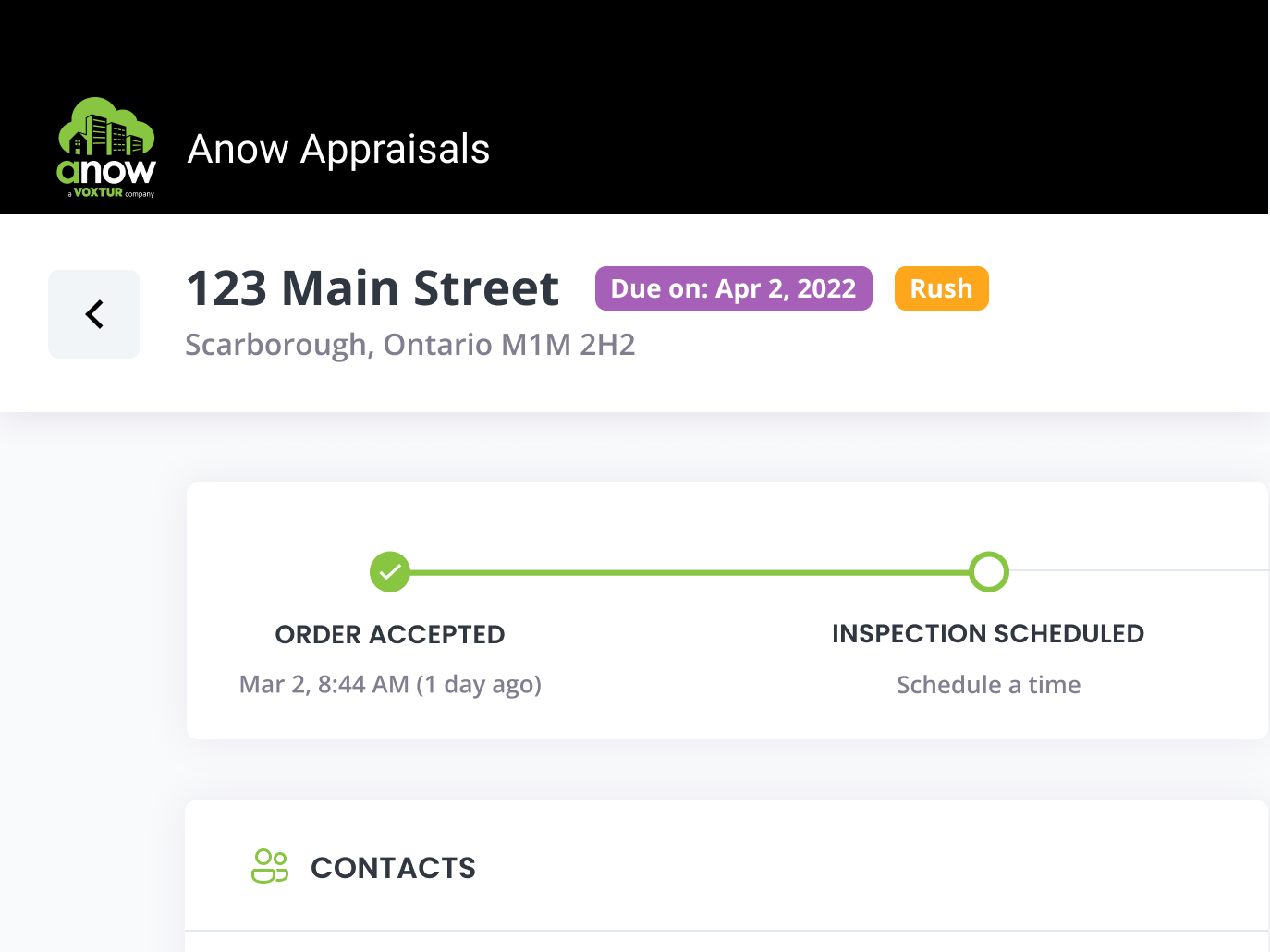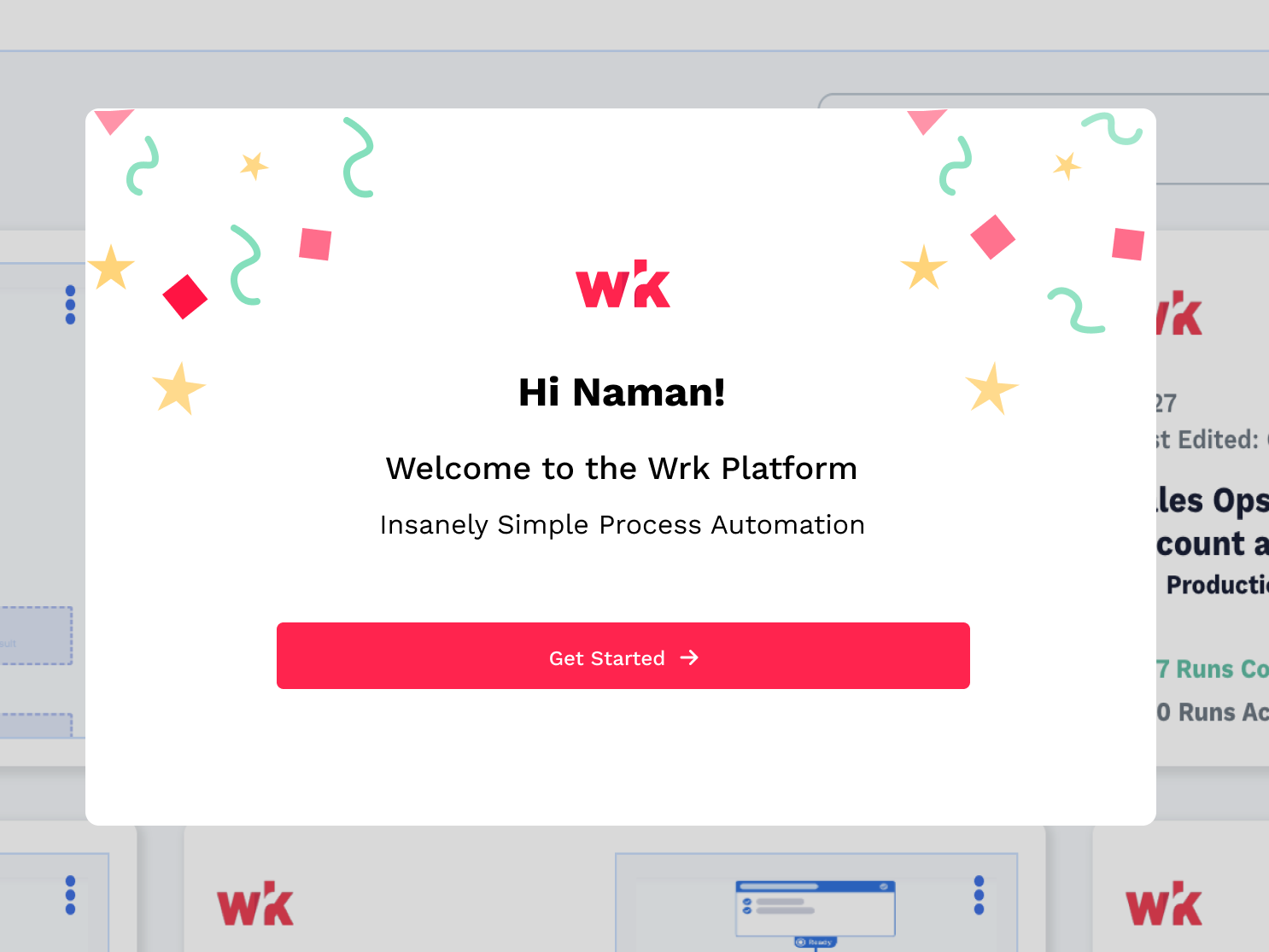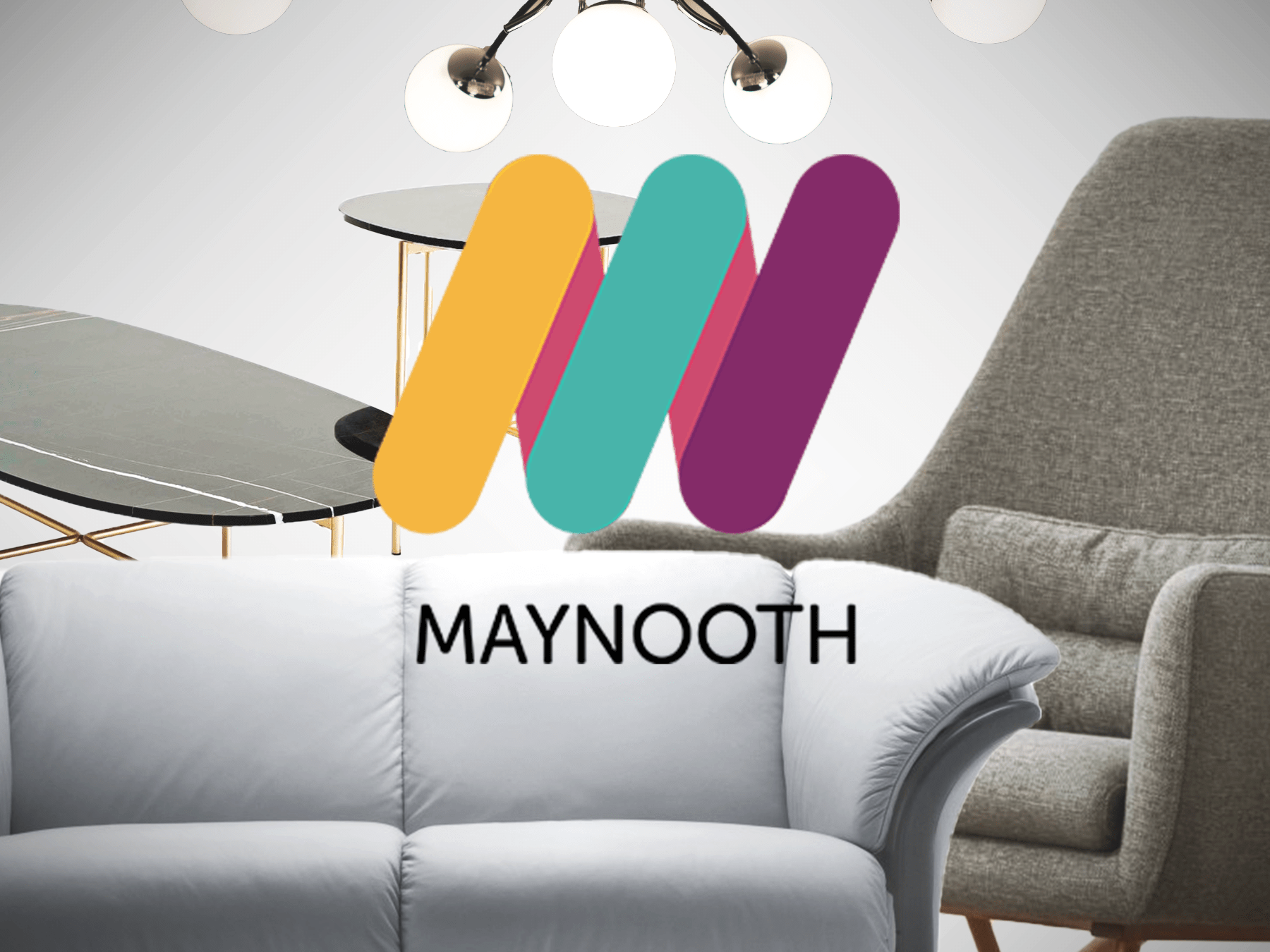Employee Schedule Application
Product goal
The goal of the product is to design a native mobile application where the employee of the company will be able to receive their schedule, punch in and punch out from their shifts as well as be more autonomous towards their schedule, leaving supervisors to have less stress over employee schedule management
Why do we need Employee Scheduling Application?
I work on designing this product during my time at TrackTik. TrackTik products are catered towards the problem being faced by the security industry, empowering them to run their business smartly and efficiently.
Either it's a security industry or any other place, managing the workforce schedule is always being a challenge for the managers. During the research on the initial phase of the product, we realize a significant conflict of need among manages and employees. While the employee wants to be more autonomous towards managing their schedule, managers wanted the opposite of that. However, with further interviews, it became clear that the manager's prime goal was to make sure the shifts were filled and have fewer call-offs to manage.
The product was designed to cater towards meeting the manager's or business needs while also making employees autonomous enough to manage their shifts once scheduled.
Product feature set
Based on the analysis of the business requirements, client demands, as well as features being offered by competitors, out of many, some of the following list of features are being prioritized:
- Ability for an employee to receive and acknowledge their schedule
- Ability for an employee to be more autonomous by initiating shift swap requests or offer their shifts to another colleague within a dedicated timeframe, reducing the effort for the managers
- Make sure each request go through the smooth approval process through the manager
- Ability to decline the shift early if unable to make it within the dedicated time frame, allowing managers to find the candidate early on
- Ability to punch in, punch out of the shift adhering to the geo-restriction, to ensure that employee is at the shift location
- Ability for an employee to update their licenses and other skills attributes directly within the app
Making Employee autonomous
With low to zero visibility of other employee schedules, the employee left off with no other option than call off at the last moment of shift. These not only affect their reputation at work but also leads to a very stressful situation for managers to call every available employee to fill the shift and manually update the details in the system. In addition to that, an employee at a certain position can only be filled by another employee being trained as such. All these increases the ton of manual work that a manager can dedicate to something more important.
With the application, now employees can reduce this by either declining their shifts at a very early on, offer their shifts to a pool of available eligible employees, or exchange their shifts with another colleague in case they do not want to lose hours of work. Also, with notification, employees are always aware of the request progress. Since each of the requests will go through a smooth approval process with managers, this not only makes an employee more autonomous and accountable for their shift management but also eliminates a ton of labour work for managers.







User flow diagram
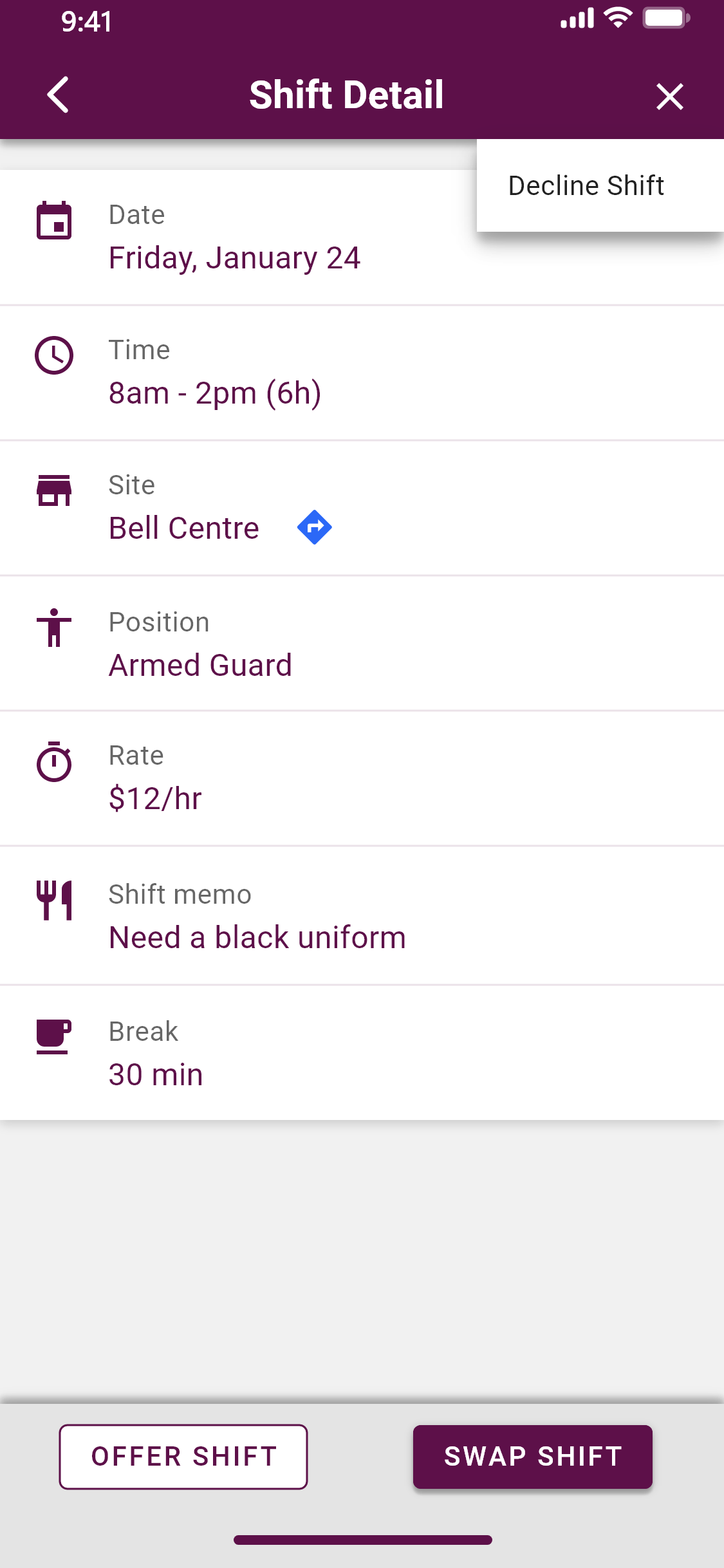
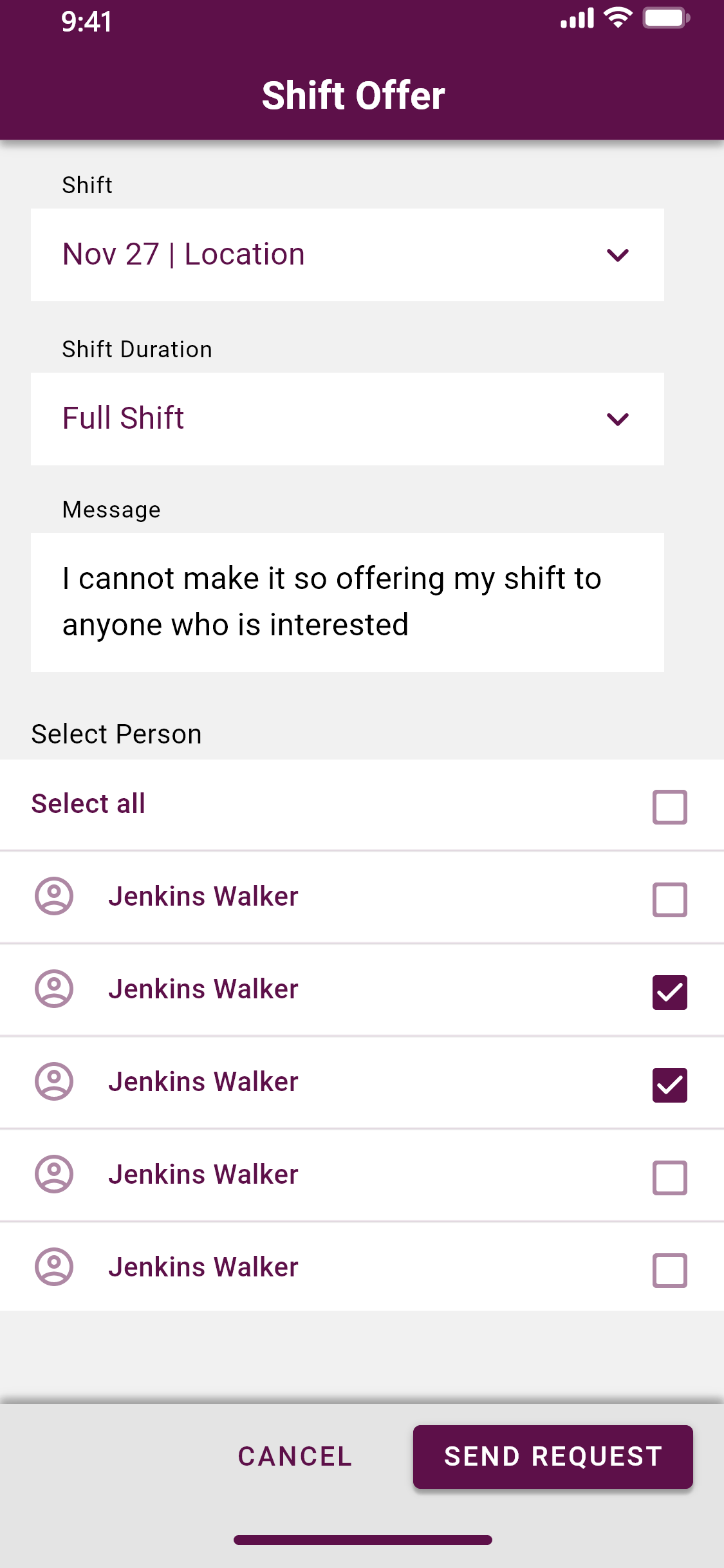
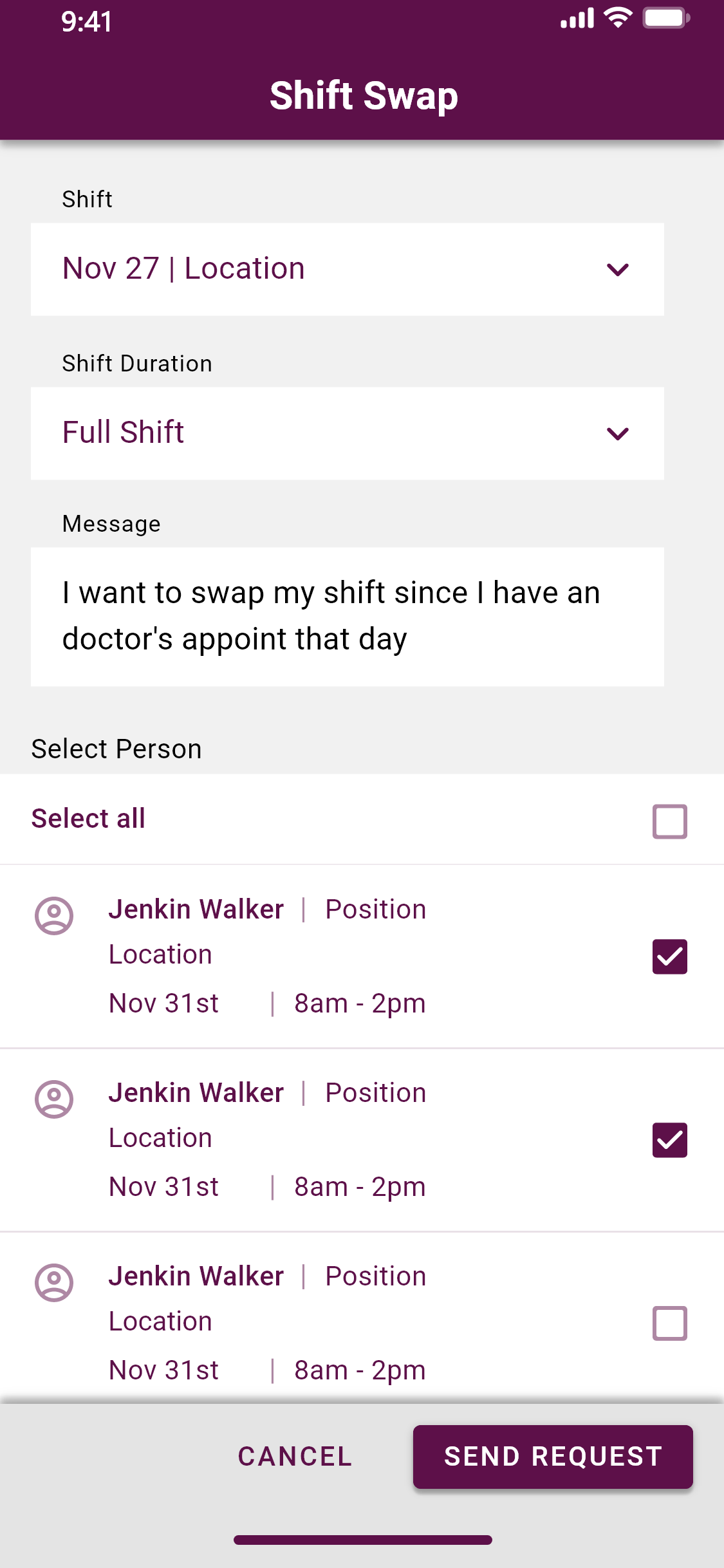
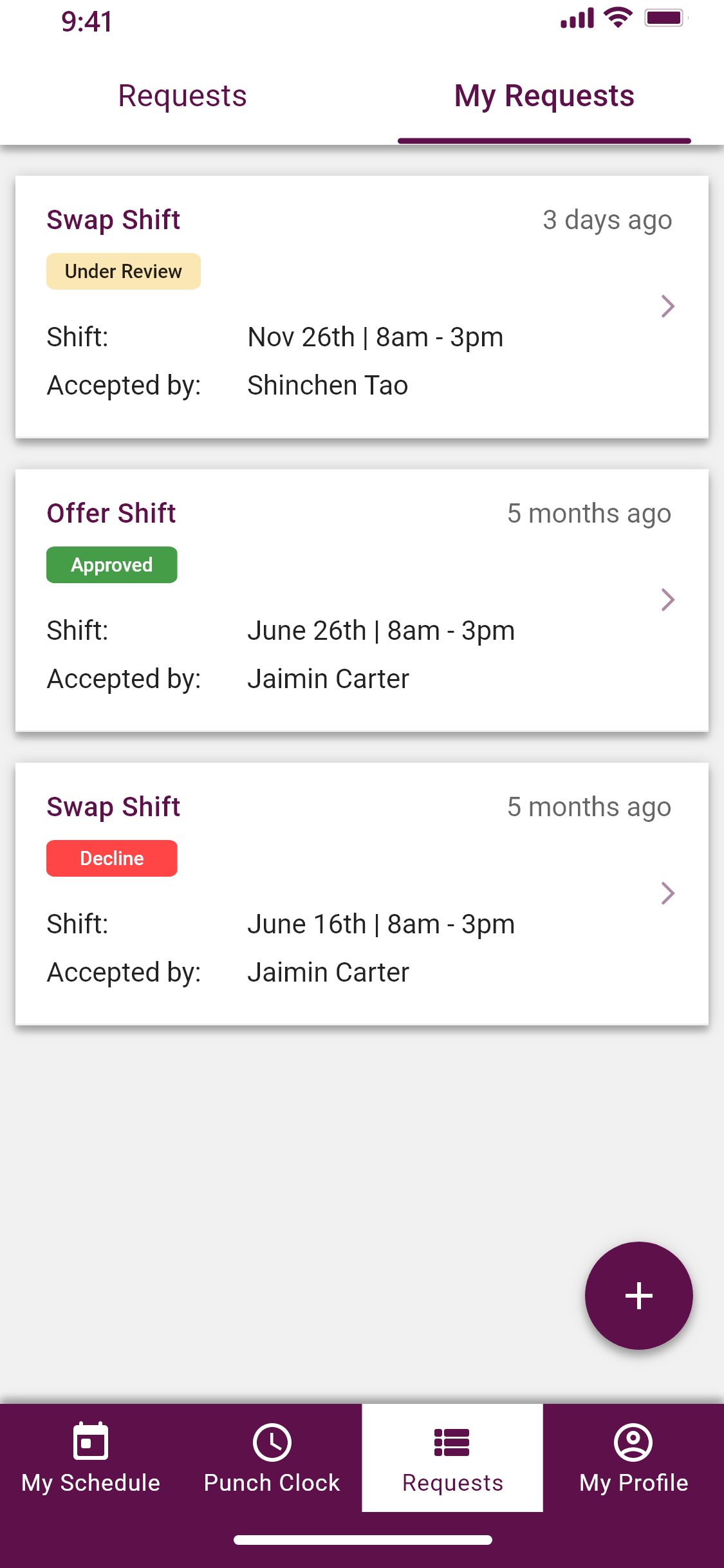
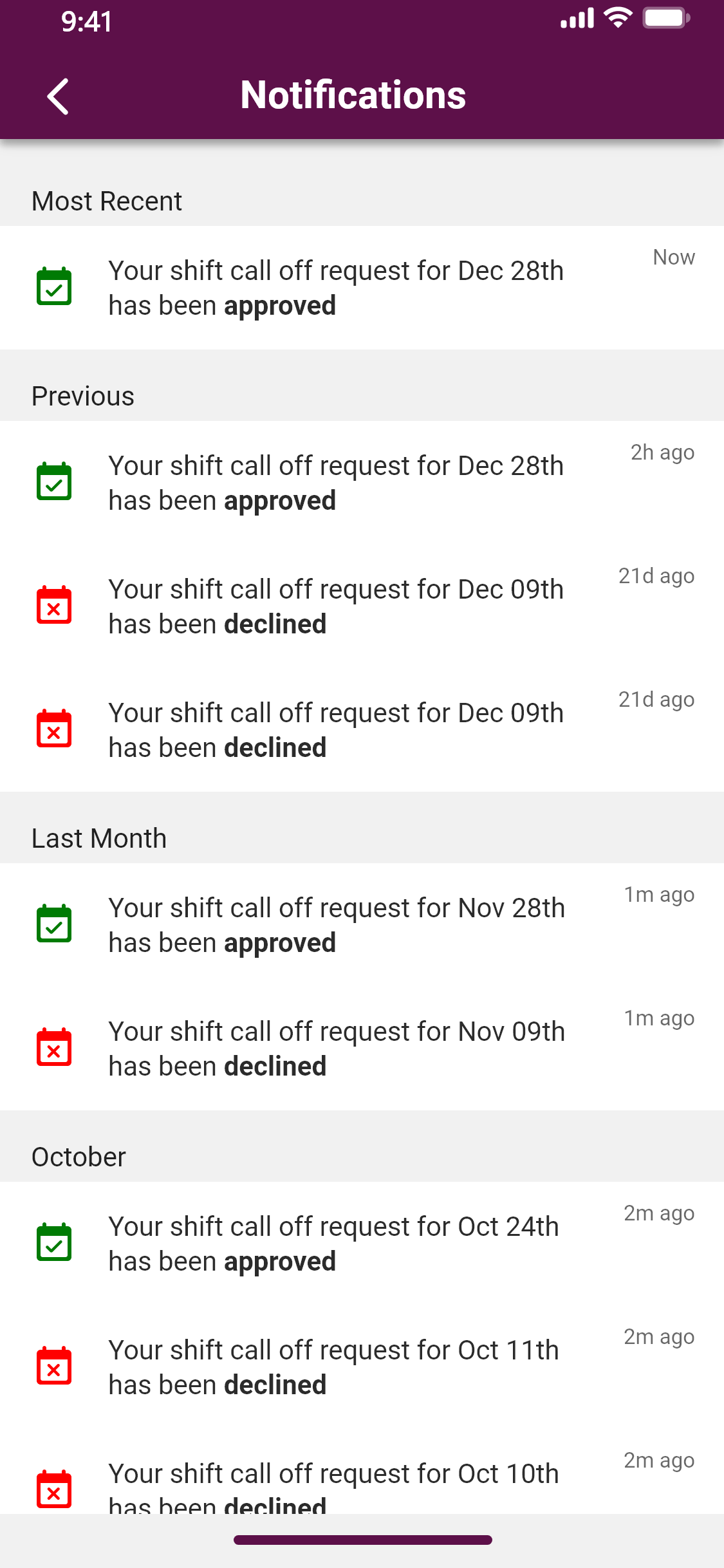
Shift details, shift offer, shift swap, employee request status log and notification
Duration of the shift being performed
Employees are hard workers but with very little to no visibility of their work hours, it's always being a major issue for the companies to explain and justify the work being done by the employees, especially in the security industry. In addition to that, employers or businesses have a million-dollar lawsuit in their hands for not being able to justify the breaks within shifts being taken by employees, which has some mandatory time as per California law.
With the research around their problem, we realize the solution is not forcing employees to take breaks but providing appropriate feedback or document reasoning for not taking breaks. With the log, at the end of every shift, an employee can view a detailed log of their shift duration, provide necessary reasoning for some discrepancies as well as can approve or decline the shift. This triggers alertness on the manager side and allowing them to take necessary action to eliminate occurrences in future.


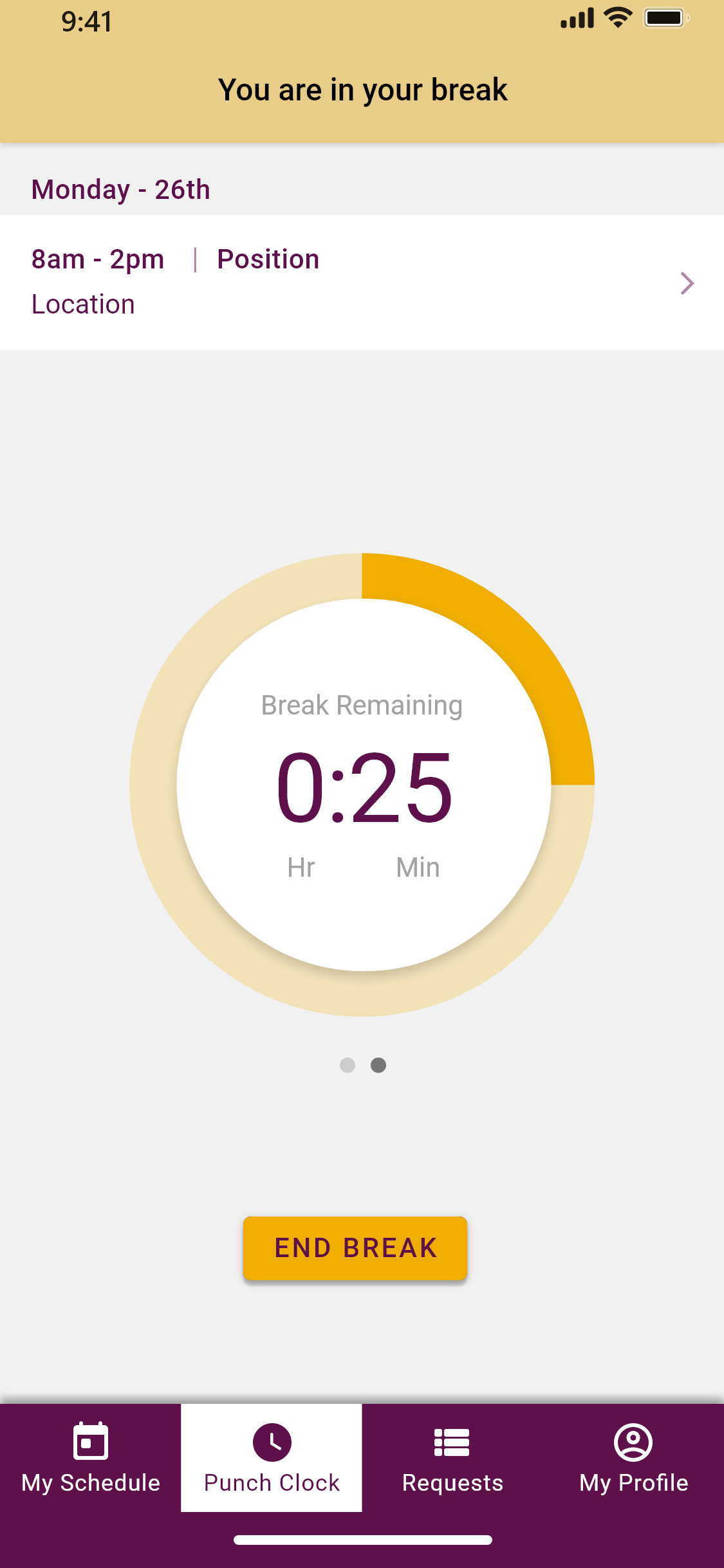
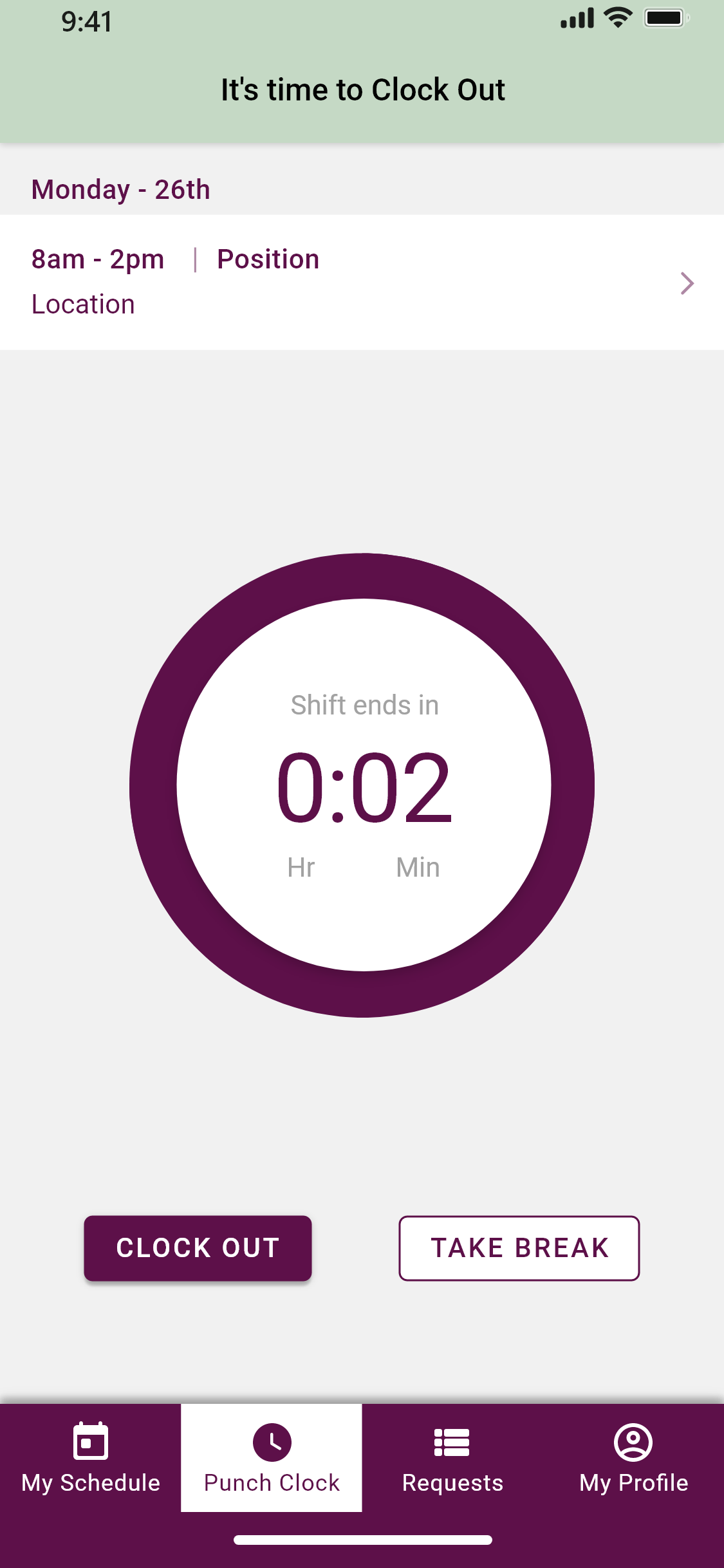
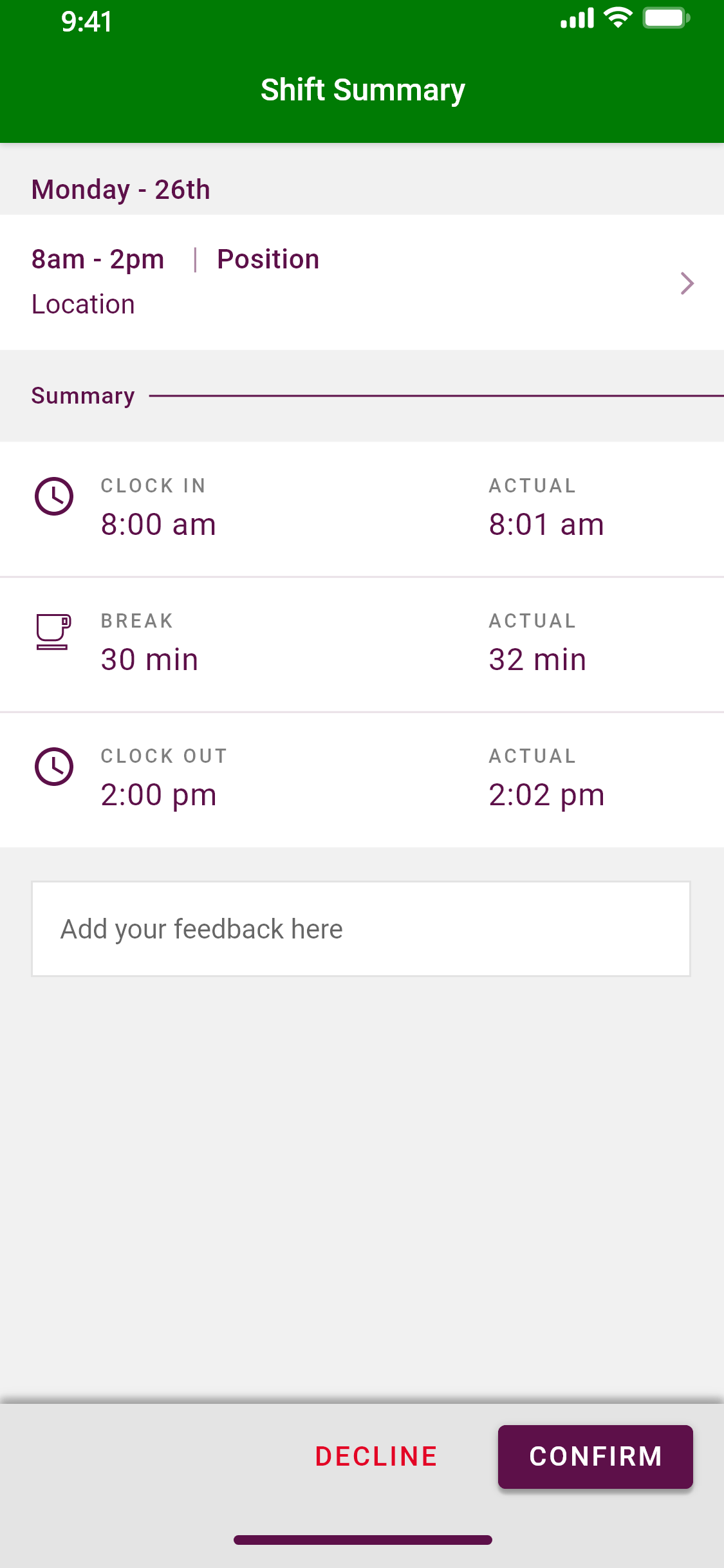
Punch in - Punch out from shifts
Key takeaways
- It’s crucial to understand the target audience and their awareness of digital applications. Our users mainly consisted of retired veterans or people over 50, it was crucial to design a product that is simple, easy to use, speaks their language and easily adaptable with little to no training. It was a challenging and major learning experience in this project.
- It's easier said than designing a product that catered to multiple users' needs especially when the solution relates to employees in the company. Since a wrong solution can lead to messy business operations and a low retention rate of employees, which is already a major problem. In this project, it was crucial to have a foolproof workflow in place that meet the needs of both users while adhering the compliance and laws.


